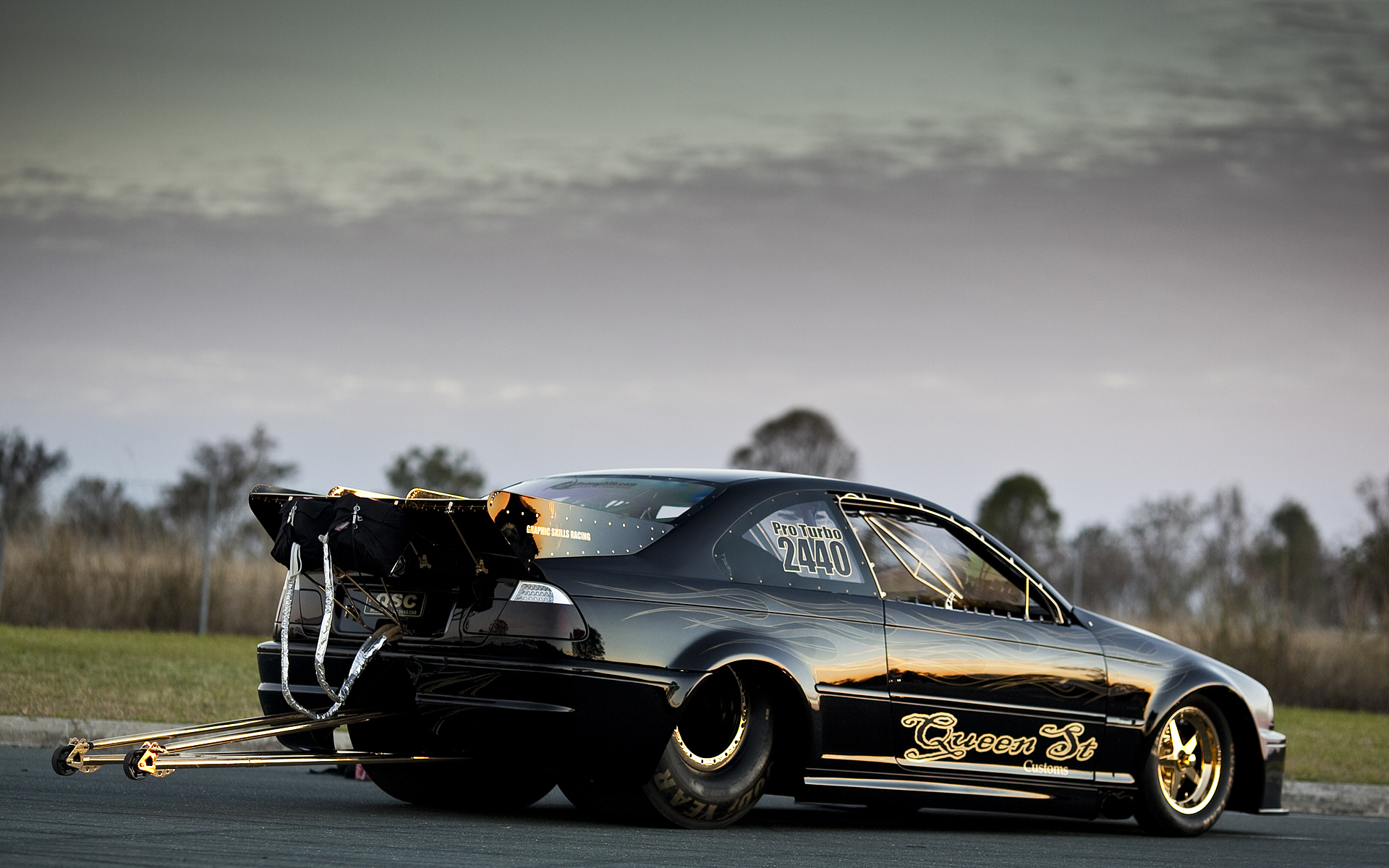


Unfortunatelly I could not try the code with Qt 4.6.x, but I guess this worked at some point (regression in Qt 4. Change the default location of screenshots, default file type, and even set a shortcut to copy the last image to your. You can drag screenshots right from your menu bar, or browse all of them from a convent drop down. In main(), right after QApplication app(.) Screenie is a revolutionary screenshot manager designed specifically for macOS Catalina. With Screenie 1.4.3 we've added new features including Touch Bar support, native Dark Mode, and many performance improvementsScreenie is the screenshot manager Apple forgot. class Screenie: public QGLWidget (make it inherit from QGLWidget instead of QWidget, around line 82) In the screenie code above, screenie.cpp:Ģ. This could give a hint at where to look maybe? But then again, when using "screenie" on Windows with Qt 4.7.0 I never noticed these grey lines: the initial 3 "question mark" images were rendered correctly, without crash (the crash only happened after drag and drop).Īnother remarkable thing: the same code renders correctly on all platforms when using OpenGL: Your device captures the entire screen and saves it as a photo.
#Screenie that drag mac os x
The same code however did never crash, neither on Mac OS X (also with Qt 4.7.0) and Linux Kubuntu 10.10 (still Qt 4.7.0). This converts the absolute coordinates of the Health Bar widget to local space by getting the screen position where the mouse button registered a button down key press. Notice that the same code used to crash on Windows with Qt 4.7.0, as soon as one dragged an image onto the "screenie" window: BLEND_SOURCE_OVER_ARGB32_SSE2 (somewhere in that macro) caused the crash. Drag off the Mouse Event pin and add the Get Screen Space Position node and connect the Return Value to the Absolute Coordinate pin. However it WORKS on Windows XP with Qt 4.7.1 (also binary package, MinGW based). I get the same artifact on Mac OS X 10.6.5 (binary package Qt 4.7.1) and Kubuntu 10.10 (distro Qt 4.7.0). Git clone git:///ariya/screenie.gitĪfter running the 'screenie' application you need to resize the windows, so you see the entire "reflection", including the graphical artifact. alpha = 0) when drawing a QPixmap with an alpha channel gradient (from 0 to 255), and applying a QTransform rotation, see screenshot. A grey line is drawn (graphical artifact) at the very "top" (where the image should be fully translucent, i.e.


 0 kommentar(er)
0 kommentar(er)
